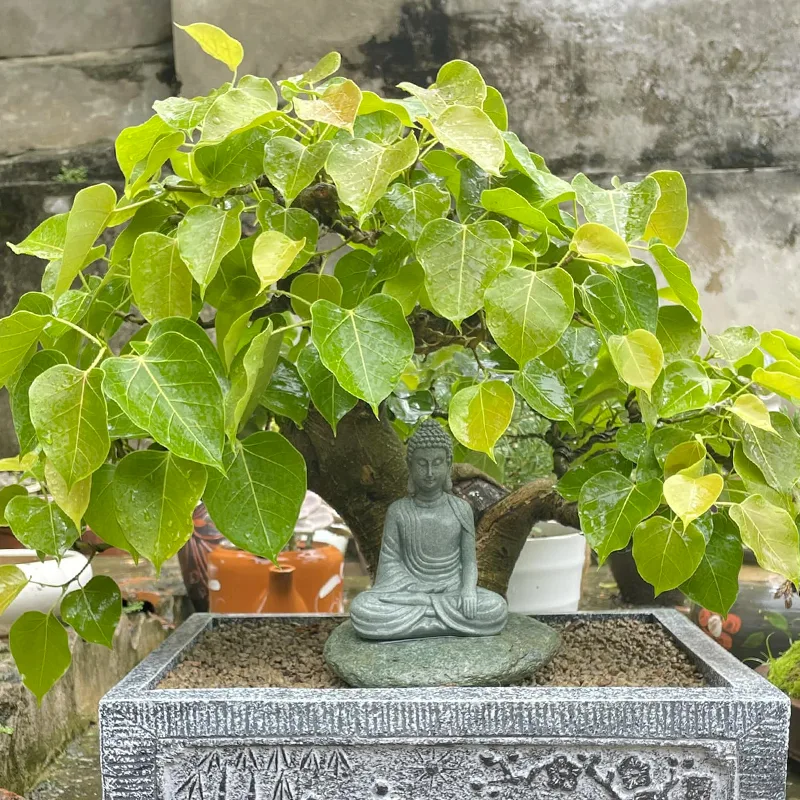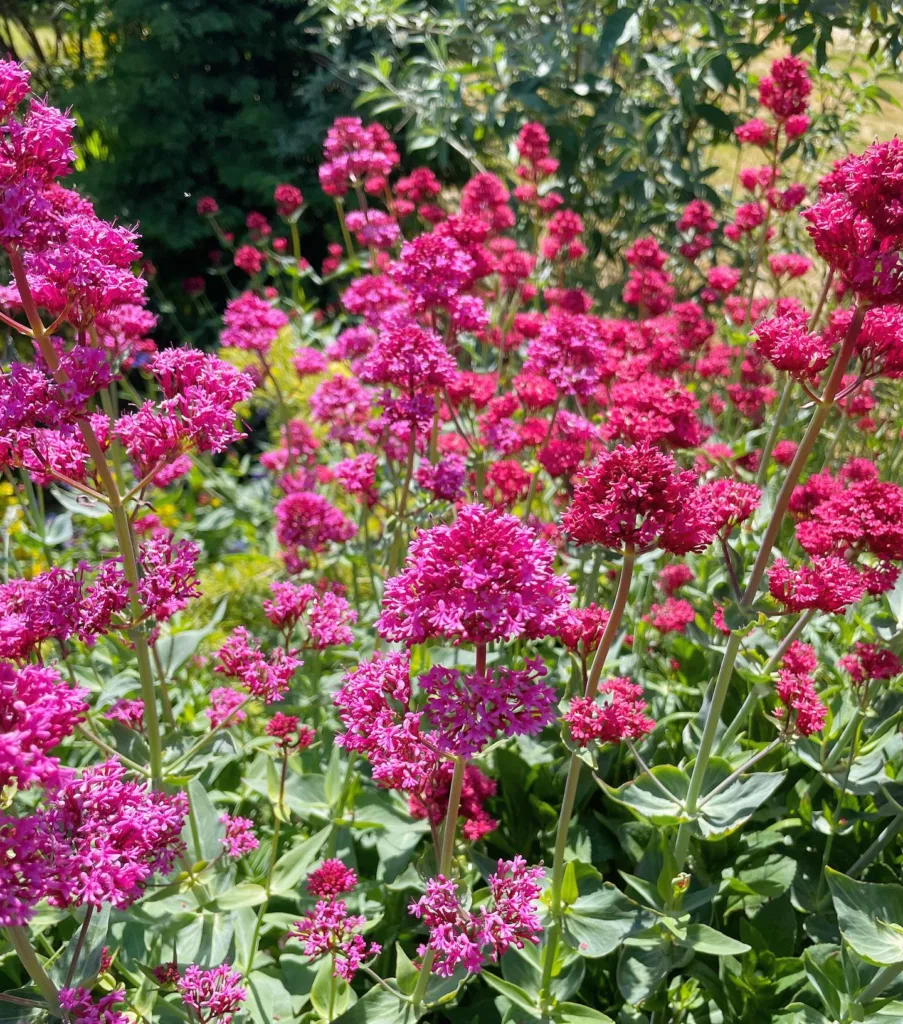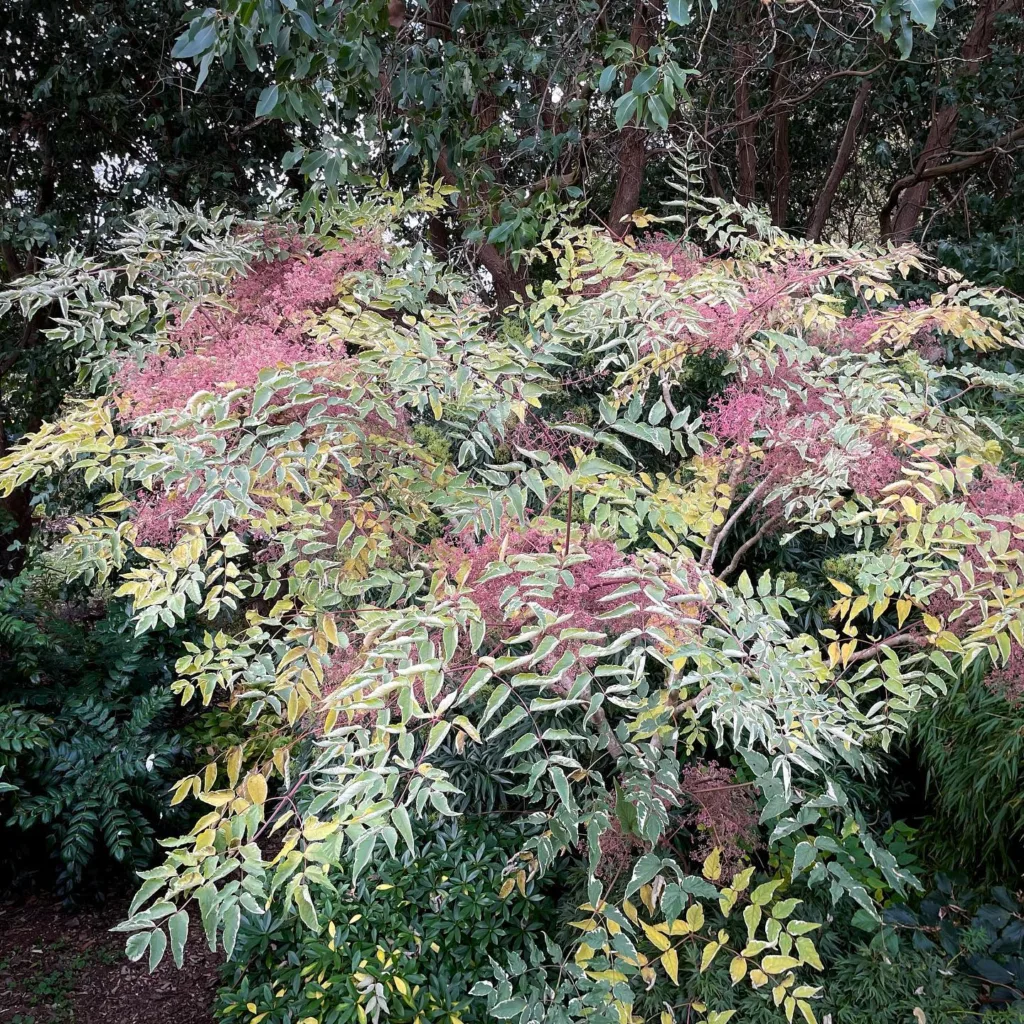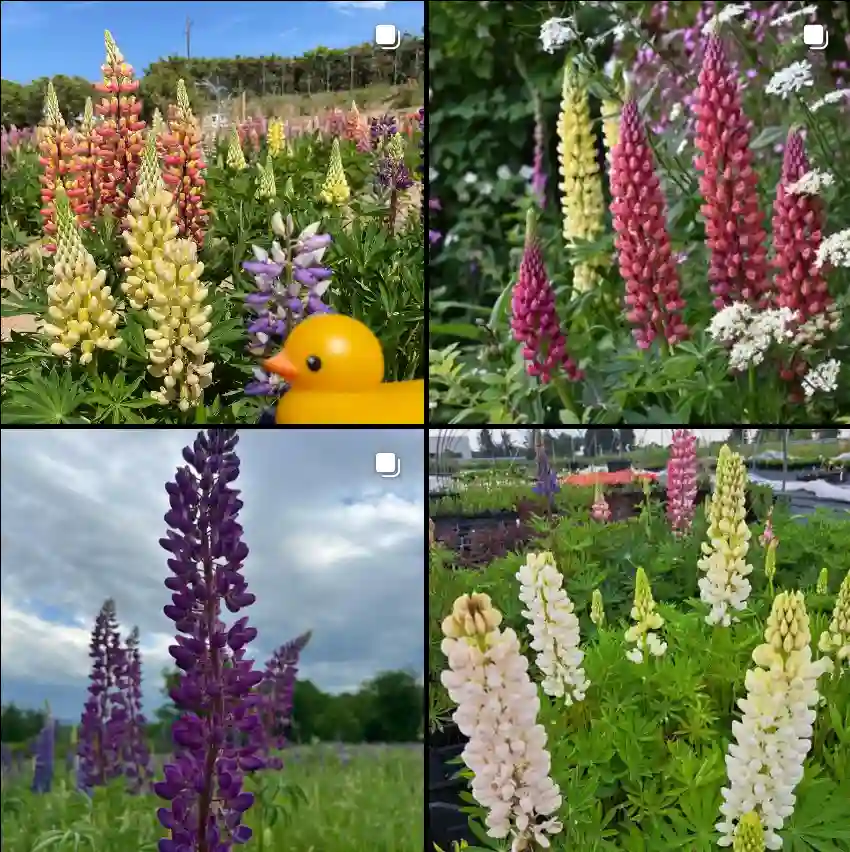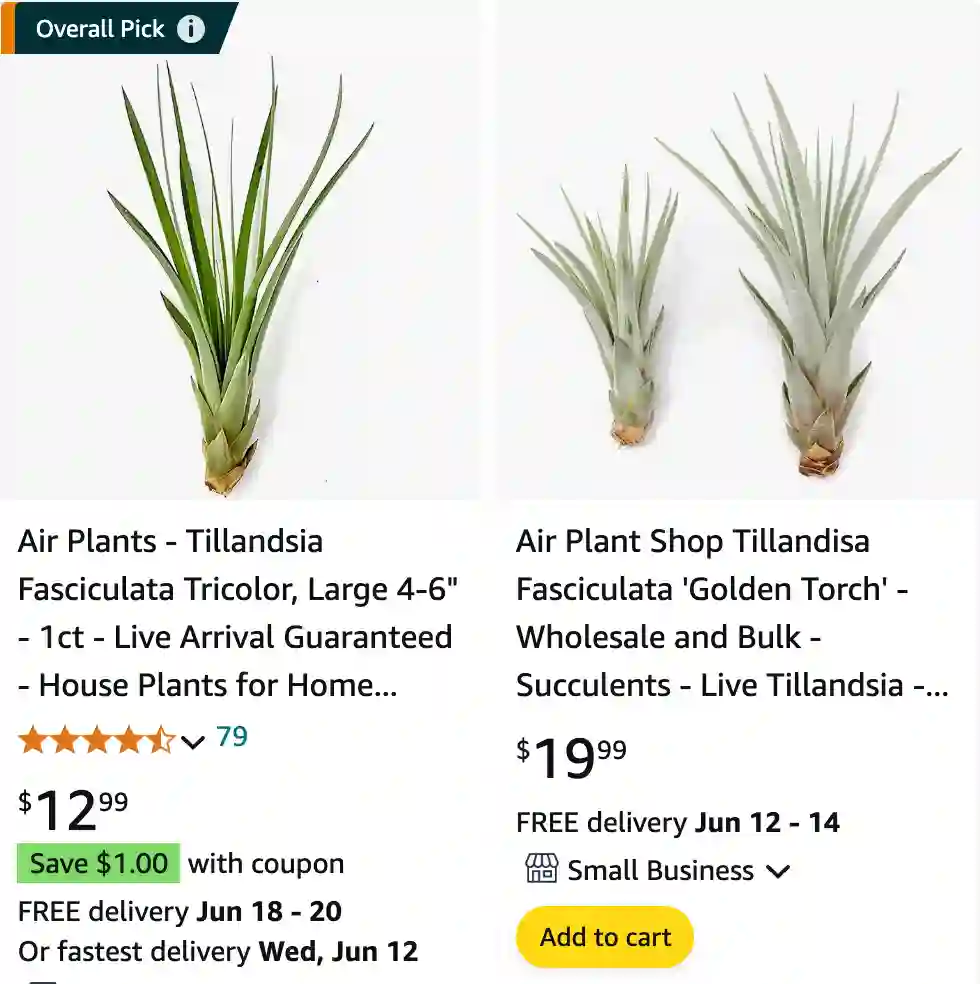
Tillandsia Fasciculata: The Cardinal Airplant’s Guide to Thriving
Hi everyone, Ferb Vu here. Today, we’re diving into the fascinating world of Tillandsia Fasciculata, also known as the Giant Airplant, Cardinal Airplant, or Wild Pine. These unique bromeliads have captured the hearts of plant enthusiasts with their air-dwelling lifestyle and striking appearance.
Whether you’re a seasoned plant parent or a curious newcomer, this FAQ will equip you with the knowledge to cultivate a thriving Tillandsia Fasciculata.
690 Species in Genus Tillandsia – Air Plants
What is Tillandsia Fasciculata?
Imagine a plant that doesn’t need soil. That’s Tillandsia Fasciculata! This epiphytic bromeliad gets its nutrients and moisture from the air and rain. Native to Central and South America, the southeastern United States, and the West Indies, it thrives in warm, humid environments.
Key characteristics:
- Air plant: Grows on trees, branches, or other structures, not in soil.
- Long, spiky leaves: Grayish-green, with a scaly texture.
- Showy bracts: Reddish-orange, surrounding small, inconspicuous flowers.
- Clumping growth: Forms clusters with multiple rosettes.
Tillandsia Fasciculata vs. Other Air Plants: What Makes it Special?
The air plant family is vast and diverse, but Tillandsia Fasciculata stands out in a few ways:
- Size: It’s one of the largest air plants, with leaves reaching up to 2 feet long.
- Color: The vibrant red bracts add a pop of color to any display.
- Hardiness: Compared to some delicate air plants, Tillandsia Fasciculata is relatively tolerant of neglect.
Here’s a quick comparison with a popular air plant cousin:
| Feature | Tillandsia Fasciculata | Tillandsia Ionantha (‘Airplant Bulb’) |
|---|---|---|
| Size | Large (up to 2 ft leaves) | Small (2-4 inch leaves) |
| Color | Green leaves, red bracts | Green leaves, often with a silvery sheen |
| Light Preference | Moderate to bright light | Bright, indirect light |
| Watering Needs | Moderate | Frequent misting or soaking |
How Do I Care for Tillandsia Fasciculata?
Taking care of your Tillandsia Fasciculata is surprisingly simple. Here’s the lowdown:
- Light: Provide moderate to bright, indirect light. Avoid harsh midday sun.
- Watering: Soak your air plant for 15-30 minutes every 1-2 weeks, depending on your climate. Allow it to dry completely between waterings.
- Humidity: Aim for moderate to high humidity (50% or more). Misting regularly or using a pebble tray can help.
- Fertilizer: Apply a diluted bromeliad fertilizer once a month during the growing season (spring and summer).
- Air Circulation: Ensure good air circulation to prevent rot.
- Mounting (optional): You can mount your Tillandsia Fasciculata on a piece of driftwood, cork bark, or another suitable structure.
Common Tillandsia Fasciculata Problems and Solutions
Even the easiest plants can have occasional hiccups. Here are some common Tillandsia Fasciculata issues and how to address them:
- Brown leaves: This can be caused by underwatering, overwatering, or too much direct sunlight. Adjust your watering schedule and light exposure.
- Mealybugs: These white, cottony insects can suck the sap from your plant. Treat with insecticidal soap or neem oil.
- Scale: These small, hard-bodied insects also feed on plant sap. You can remove them manually with a cotton swab dipped in alcohol.
Remember: Early detection and treatment are key to keeping your Tillandsia Fasciculata healthy.
Can Tillandsia Fasciculata Bloom?
Absolutely! When happy, your Tillandsia Fasciculata will produce a stunning inflorescence (flowering stalk). It features small, inconspicuous flowers surrounded by vibrant red bracts. The bracts can last for weeks, adding a touch of drama to your air plant display.
Blooming tips:
- Provide good light and air circulation.
- Maintain consistent watering and humidity.
- A little bromeliad fertilizer during the growing season can encourage flowering.
Where Can I Get a Tillandsia Fasciculata?
These captivating air plants are widely available at nurseries, online retailers specializing in air plants, and bromeliad societies. With a little research, you’ll find the perfect Tillandsia Fasciculata to add a touch of the tropics to your home. The cost can vary depending on the size and maturity of the plant, but generally, Tillandsia Fasciculata is a budget-friendly addition to your collection.
Remember, when choosing your air plant, opt for a healthy specimen with green leaves and firm, vibrant bracts. Avoid plants with brown or mushy leaves, as these could indicate rot or other issues.
